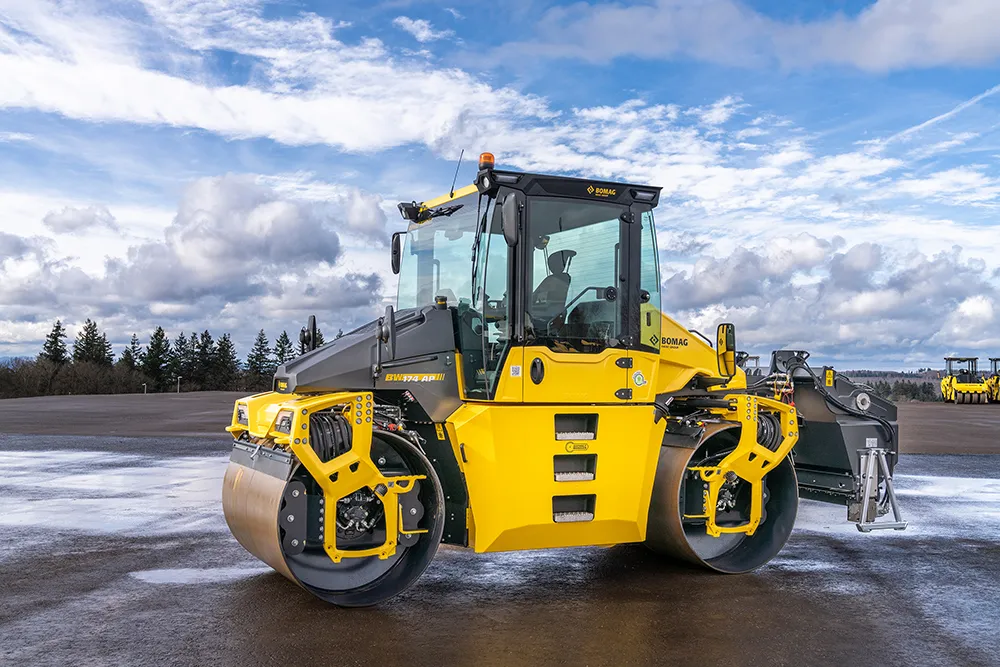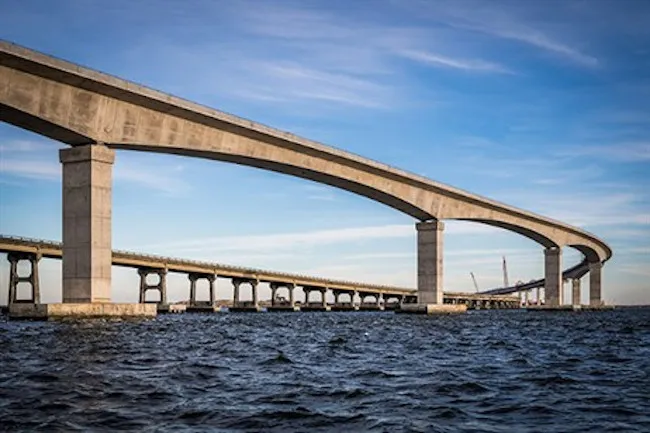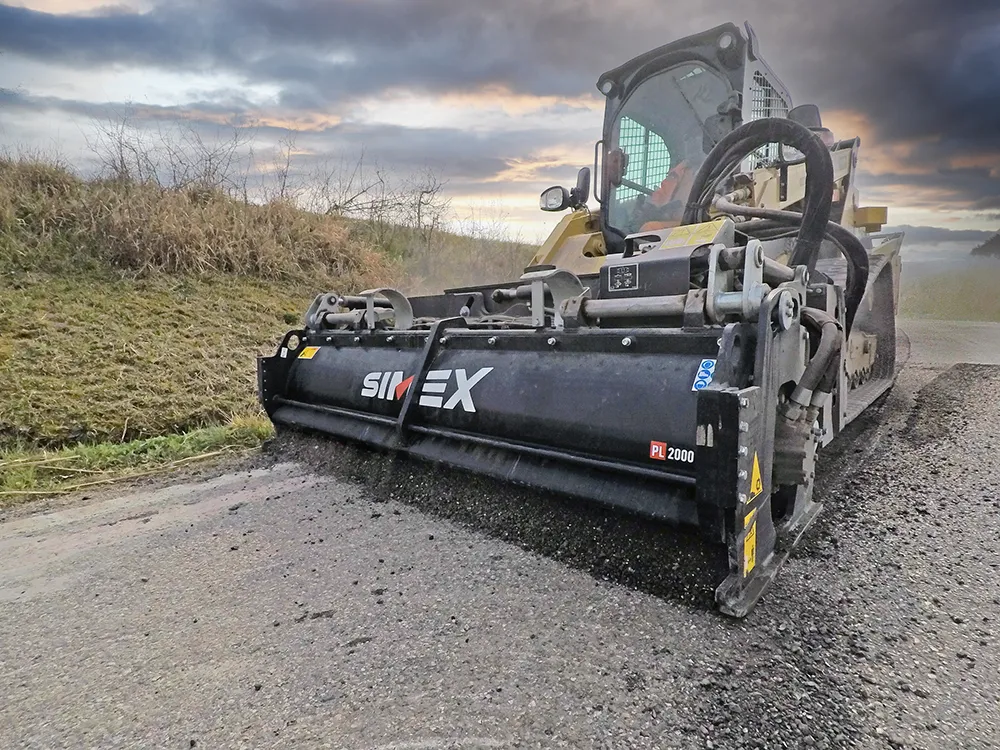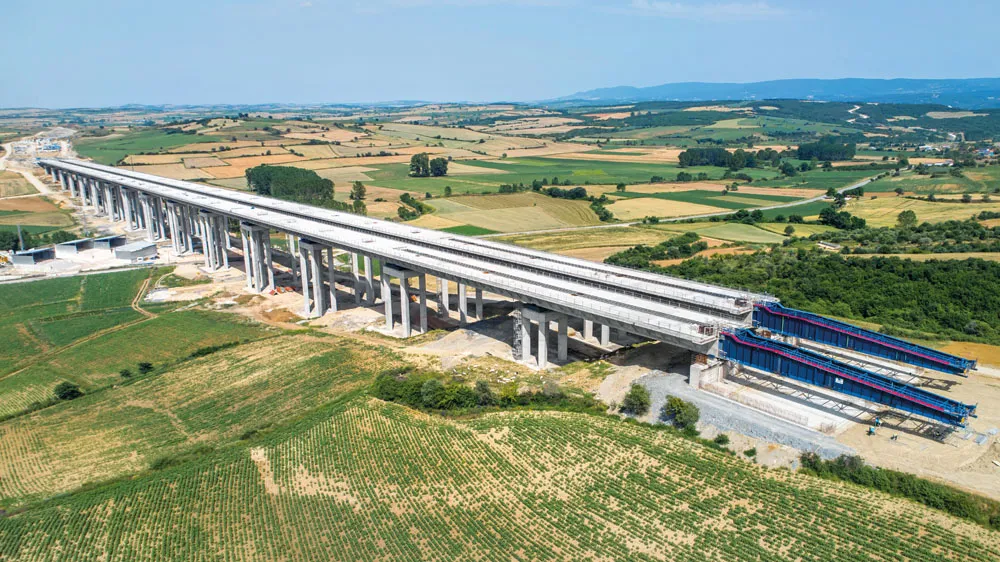
Located approximately 200 km to the west-southwest of Istanbul is a stretch of water known as the Dardanelles, a 50 km channel that separates continental Europe and Asia and a strategic passage providing access from the Aegean to the Black Sea, via the Sea of Marmara.
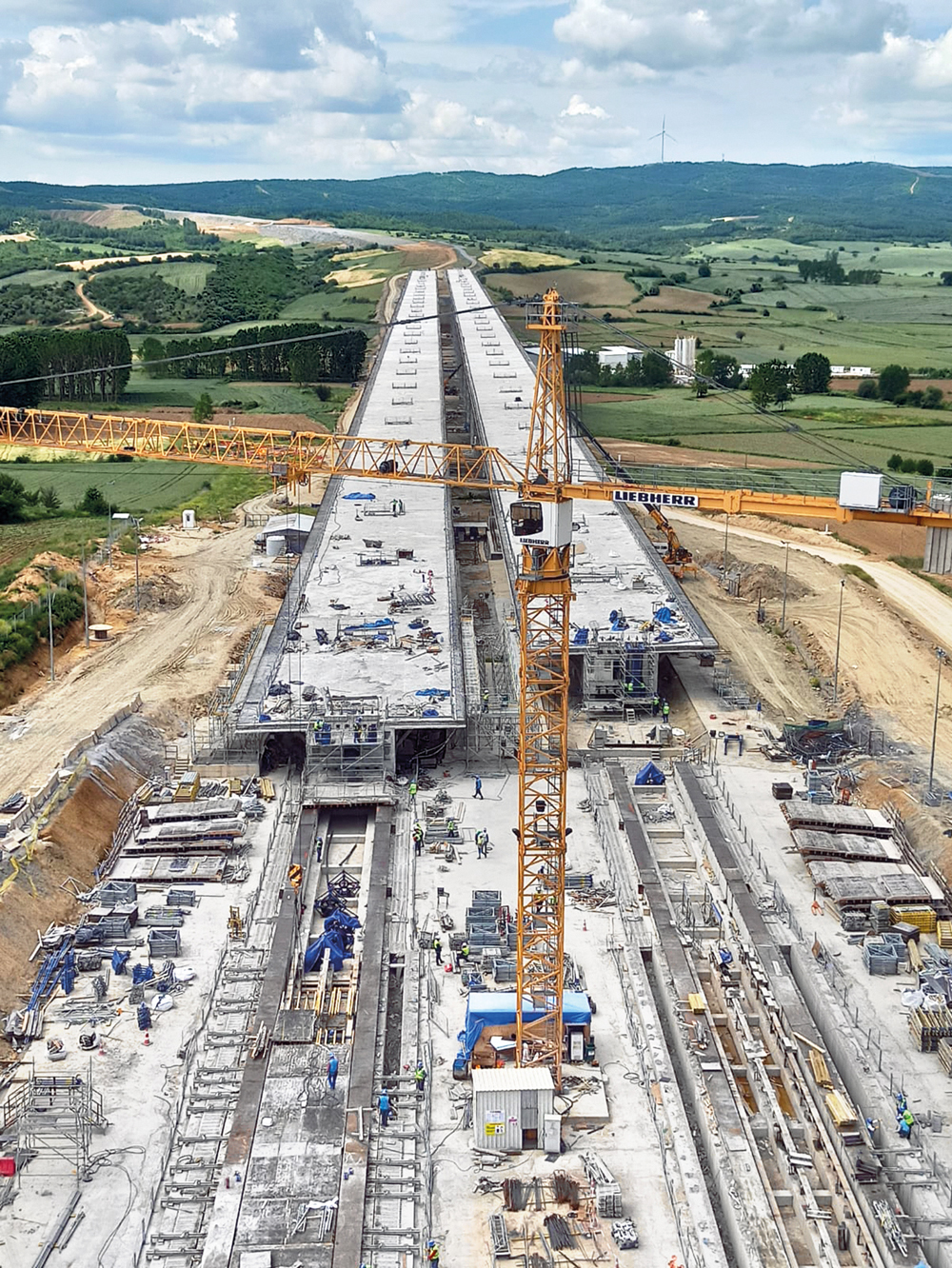
In honour of the nearby city of Çanakkale, the Çanakkale 1915 Bridge was conceived as a major feat of engineering, not only to honour the country’s national heritage, but also to serve its people in the future. Stretching 3,563 m, the bridge was purpose-built to reflect various dates of significance, such as the 1,923-metre main span reflecting the republic’s foundation, while simultaneously becoming the centre piece of the $2.8 billion Kınalı-Balıkesir Motorway, which will connect the O-3 and O-6 motorways on the European side to the O-5 motorway in Asia, thereby aiding both trade and commuter traffic.
Having delivered a solution for the bridge between 2018 and 2019, Doka Turkey was called upon once again to continue its work on this extensive corridor across Turkey’s western region, this time as a partner on the V01, V06 and V08 viaducts located in Malkara Gallipoli and Lapseki. Doka Turkey delivered an optimal solution for the anchorage blocks, approach viaducts and the viaducts themselves.
Measuring 147,750 m³ of concrete with 18,400 tons of iron reinforcement, the anchorage blocks required a formwork solution of 27,200 m², which was achieved using Frami Xlife, Large-area formwork Top 50, Load-bearing tower D2 and scaffolding, equipped with working platforms and stair towers.
For the approach viaducts and viaducts, a ‘push and slide’ method was used by incorporating two separate, prefabricated bridge moulds of 38 metres, with a total area of 3,500 m² . As one of the key features, a specially designed, 25 metre edge mould trolley system was created to complete the bridge segment casting without the requirement of scaffolding. In order to save time, the system was fixed to a 500-metre rail resulting in faster progress, without sacrificing safety. Thanks to a highly accurate design provided by Doka Turkey’s engineering team, the system worked perfectly and delivered a flawless result within the time allocated.
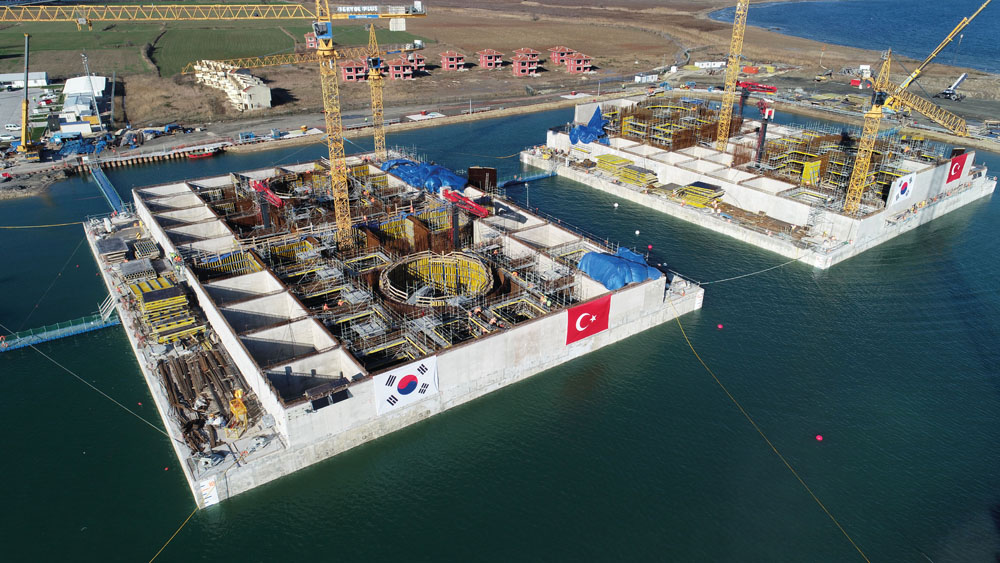
With safety remaining a top priority, the Doka Turkey team used a combination of scaffolding, equipped with pier working platforms and stair towers to provide easy and secure access and an MF240 Climbing System to make fast and effective progress. Large-area formwork Top 50 was used in combination with Load-bearing tower D2 to ensure a consistent workflow, while keeping the project on budget.
Commenting on the project, Doka Turkey managing director, Ender Özatay said, “The client had many concerns regarding the project, in particular ensuring that it remained on time and on budget. Thanks to the precision elements used, they were very happy to see that no corrections or amendments were required. Scaffolding also made a highly valued contribution by requiring a minimal team to assemble without further levelling, nor the time-consuming screw-joints associated with traditional scaffolding. As a legacy project, I am proud of the team’s contribution towards this feat of engineering and look forward to its completion.”
For more information about Doka visit www.doka.com
Sponsored content produced in association with Doka



